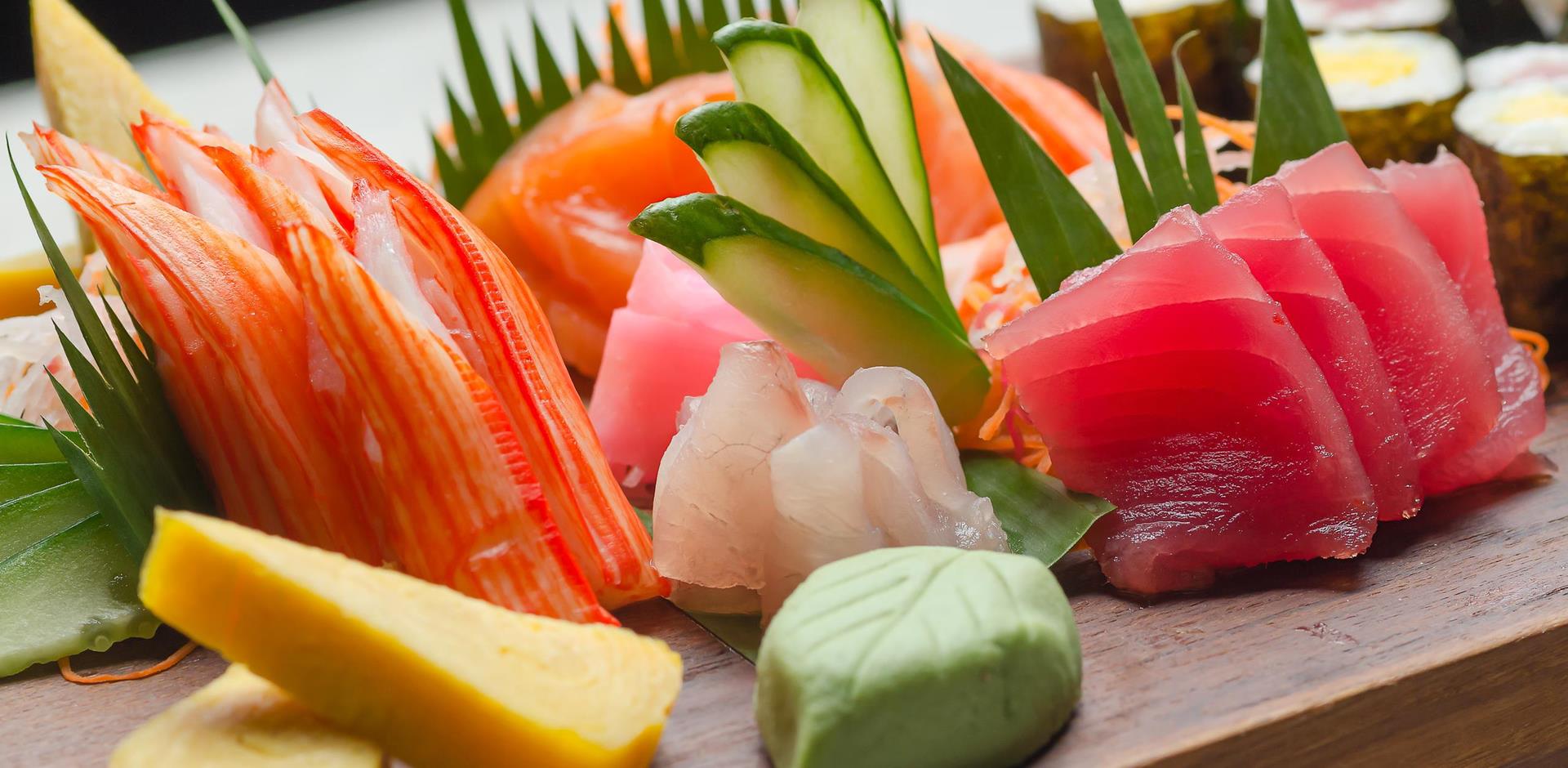It might be famed for its sushi and its oh-so-careful preparation of the poisonous blowfish in particular but Japanese cuisine has a lot more to offer. Fish is plentiful in this area and in many varied forms, but regional varieties deliver tastes feasts across the country. Michelin stars are hidden in backstreets of Tokyo – for the brave and the well-briefed to find. The gastronomy of Japan is so much more than just ‘raw fish’.
Destination Guide
Japan for foodies

There are some must-taste gastronomies in Japan – here is just a small round-up:
Okonomiyaki – there are two versions of this Japanese pancake, and both are amazing. Whether you prefer the Kansai or Hiroshima (which is more of a main meal in itself) version, you are in for a treat. Often made on a teppan, the Kansai batter of flour, eggs, cabbage and broth is then topped with a choice of meat, seafood, cheese and bonito flakes for a taste you should truly savour.
Takoyaki – grilled octopus balls might sound less appealing, but this delicious dish is found all over Japan with good reason. Batter filled with diced octopus, pickled ginger, green onion and tenkasu are covered in takoyaki sauce and mayonnaise. Be careful, once you’ve tried these, you’ll be seeking them out everywhere.
Wanko Soba – In Tohoku’s Iwate prefecture, try soba noodles in small bowls (or wanko), with radish and mushrooms to add to taste. This is an all you can eat experience so wear loose fitting clothes and enjoy the competition, ready to wow your friends with your capability.
Tonkatsu – This pork cutlet with Miso sauce incorporates a special Aichi miso known as hacchou-miso which is sweetened with bonito stock and sugar. This dish is famous to Nagoya and comes in many shapes and forms – including buckwheat noodles and udon. You may think you’ve tried it before but here the original is definitely the best.
Find more inspiration to start planning your luxury holiday to Japan.
